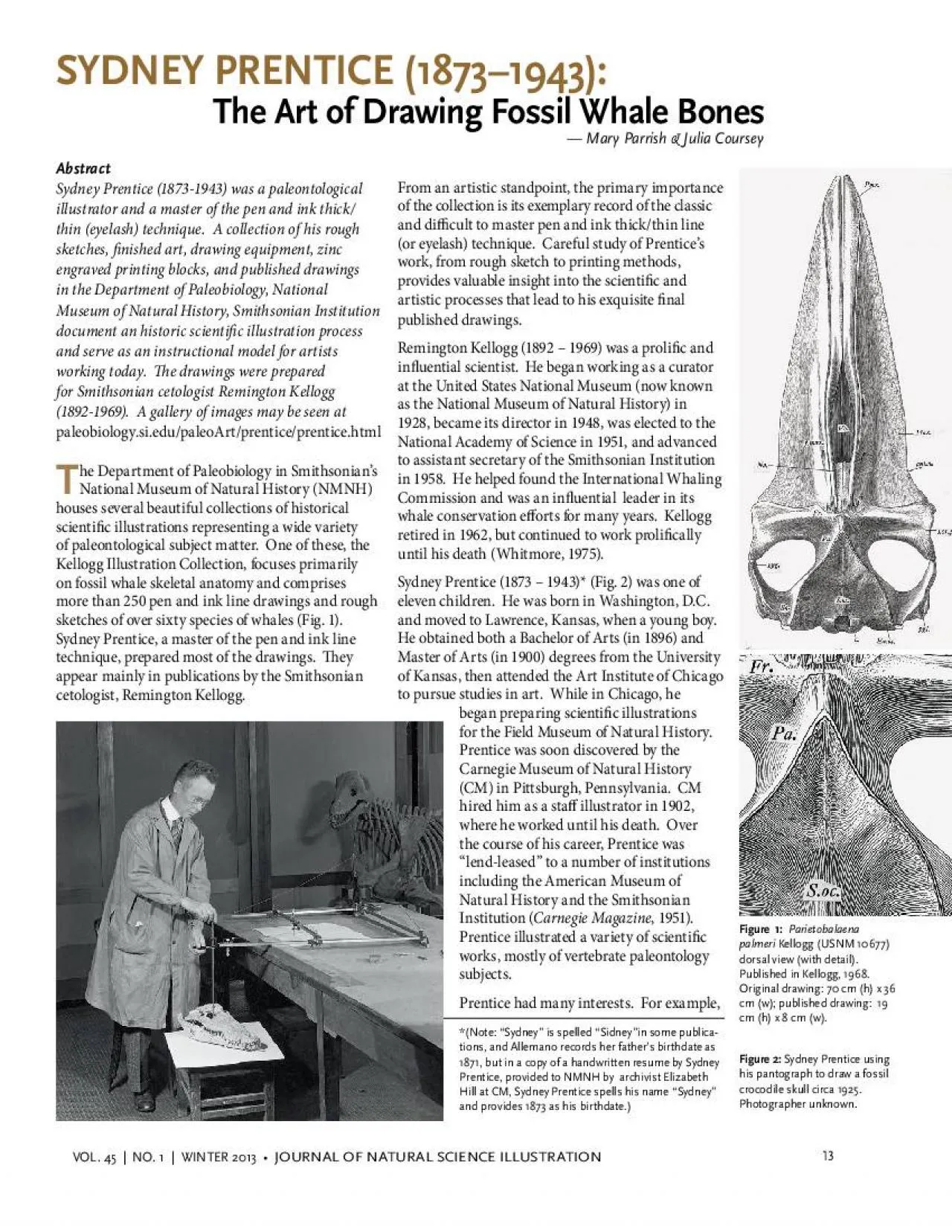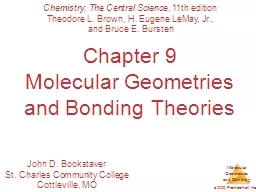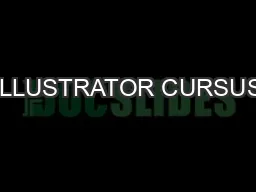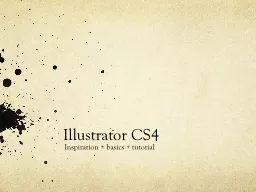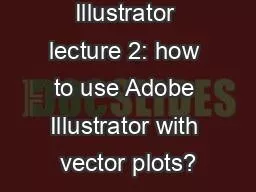PDF-AbstractSydney Prentice 18731943 was a paleontological illustrator an
Author : hanah | Published Date : 2021-10-10
13VOL 45 NO 1 WINTER 2013 RN SCIENILLUSTRTIONNote 147Sydney148 is spelled 147Sidney148in some publications and Allemano records her father146s birthdate as 1871
Presentation Embed Code
Download Presentation
Download Presentation The PPT/PDF document "AbstractSydney Prentice 18731943 was a p..." is the property of its rightful owner. Permission is granted to download and print the materials on this website for personal, non-commercial use only, and to display it on your personal computer provided you do not modify the materials and that you retain all copyright notices contained in the materials. By downloading content from our website, you accept the terms of this agreement.
AbstractSydney Prentice 18731943 was a paleontological illustrator an: Transcript
Download Rules Of Document
"AbstractSydney Prentice 18731943 was a paleontological illustrator an"The content belongs to its owner. You may download and print it for personal use, without modification, and keep all copyright notices. By downloading, you agree to these terms.
Related Documents

